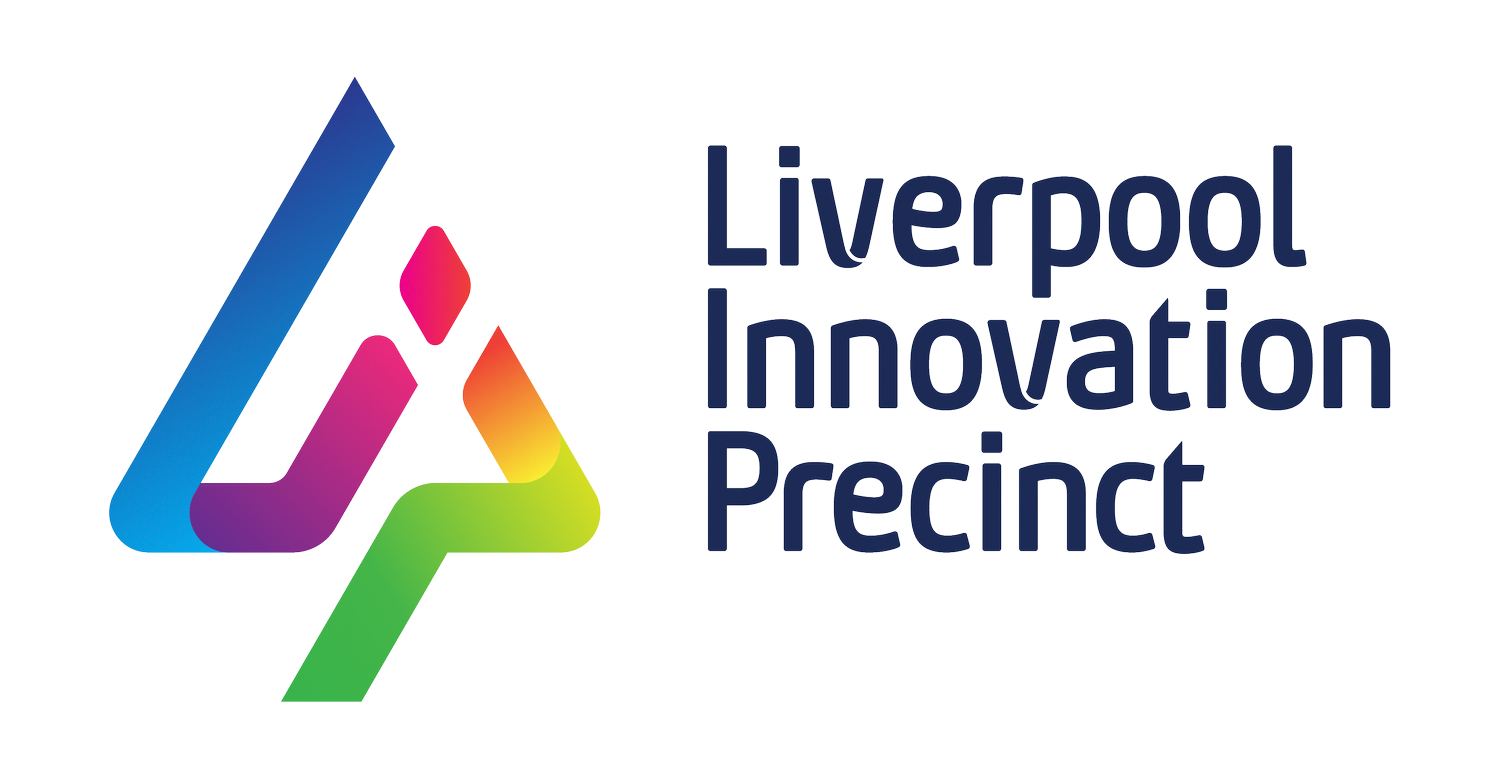THE LIVERPOOL OF TODAY
Liverpool is already a centre for significant economic activity.
The Liverpool LGA is already a major commercial centre in NSW.
Industry composition (GVA, FY15)
Indeed, since the 2007 financial year, the Liverpool LGA has grown its economic contribution faster than the rest of Sydney and the broader NSW.
Liverpool is well positioned to prosper
With the approval of the Western Sydney Airport (WSA), the Greater Sydney Commission’s (GSC) Draft South West District plan, and a significant infrastructure pipeline, Liverpool is well-placed to benefit from this once in a generation infrastructure injection.
Geography and demographics also add to Liverpool’s strong potential:
the Liverpool Innovation Precinct is strategically positioned in the corridor between Sydney’s two international airports, with access supported by large scale infrastructure investment that includes the Western Sydney Infrastructure plan and M5 upgrades;
its young resident population is educated, entrepreneurial and from diverse cultural backgrounds (representing over 150 Nationalities, with a strong Arabic, Indian and Vietnamese influence); and,
it is endowed with significant recreational and industrial space, both crucial pull factors to attract businesses and workers.
The development of the WSA and significant transport investments represent new opportunities for Liverpool.
LIVERPOOL PROFILE
A Regional City
It is 35km from the CBD. The population density of the Liverpool LGA is relatively low at 44.6 persons per hectare while the Liverpool City Centre has a population density similar to Pyrmont (at 154.3 persons per hectare).
A Heritage Area
It is one of the oldest cities in Australia. Settlement in the area dates back to 1810. It was named after the Earl of Liverpool who was Secretary of State of the colonies at the time.
A city with strong manufacturing, health and education industries
Currently there are key manufacturing industries established in the city while the health and education industry is growing.
Green
A significant proportion of its land is rural or recreational.
An Aerotropolis opportunity
Liverpool is within a priority growth area adjacent to the proposed WSA and Parramatta.
Young
A significant proportion of the population is under 30 and there are more families with kids compared to the rest of Sydney.
Diverse
Liverpool in the 1990s experienced the highest intake in overseas arrivals. In 2011, 22.3% of the Liverpool population were born overseas.
Transport Enabled
Many people who live in Liverpool travel outside the area and are reliant on cars for transportation.
LIVERPOOL DEMOGRAPHICS
Liverpool Community Profile
The Liverpool Community Profile provides a demographic analysis of the LGA population including data on age, ethnicity, income, education and household type and how they have changed over time and compare with other areas.
Liverpool Social Atlas
The Liverpool Social Atlas presents key socio-demographic characteristics for the areas in a series of interactive maps. Based on data from the Census of Population and Housing (Australian Bureau of Statistics), each map is prepared using the finest level of details to help identify spatial patterns in the area.
THE FUTURE RESIDENTS OF LIVERPOOL
What can a reimagined future look like for the people of Liverpool?
The Singh siblings – 19 August 2029
Jasmine was enjoying her 15 minute cycle along the bank of the Georges River to the Liverpool city centre with her brother, Arun, on an early spring day.
As the Liverpool city centre came into view her mind drifted off to how much it had changed over recent years. Much of the city centre was now facing the Georges River and the move to pedestrian-first meant that the city centre now had a buzz with a vibrant 24x7 cafe and restaurant scene. It was a place to which she wanted to go and did not fear being stuck in traffic gridlock.
Jasmine had been a foundation student at the Liverpool P-Tech STEM school having transferred into the school in year 10 in 2021, with her brother, Arun, following four years behind.
Her parents had always wanted Jasmine to pursue a medical or health subject at university, but it was not until her time at P-Tech that she had developed a real desire for it, driven by her exposure to some of the amazing work being done by the Liverpool Hospital and the Ingham Research Institute in the field of diabetes. The work experience opportunities provided her the broader vision as to what she could do and how she could make a difference. Jasmine had been accepted to universities elsewhere in Sydney and in Melbourne, but she had decided to stay in Liverpool, attracted by the collaborative opportunities and being close to her family and friends. She chose to study Medical Science at UNSW, but was thrilled to have the opportunity to have exposure to some complementary subjects, also provided in the Precinct, by WSU and the UOW. Similarly, her study was shaped by the close industry relationships that she forged with researchers, academics and corporates in the Precinct. They all had their own interests, but it was if they were all working collaboratively for the common good.
Her brother, Arun, had forged a different path. His eyes had been opened up to robotics as he had done some futuristic training through VET at TAFE NSW, which inspired him to study engineering, robotics and mechatronics at WSU. This blend of theory and practical industry engagement eventually led him to start his own business at LaunchPad, while continuing to engage with his academic supervisors. Through early funding from the new pharmaceutical company that is looking to scale up its distribution facilities and a world class link between Moorebank Intermodal Hub and the recently opened Western Sydney Airport (WSA), Arun is excited to see where he can take his company. He is also pleased to study at Liverpool as his girlfriend, Tien, is at the UOW studying nursing.




